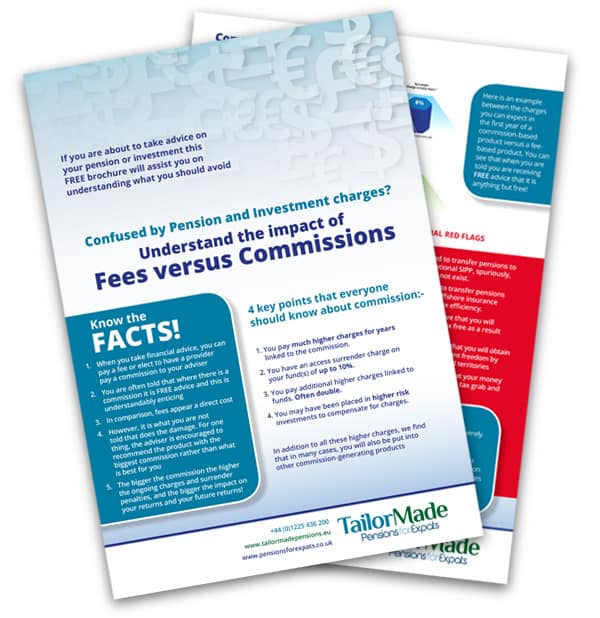The Lifetime Allowance charge is applied at certain Benefit Crystallisation Events, covered here , and understanding this is key to ensuring less tax is paid.
The Lifetime Allowance charge actually affects very few people,
and even those it does affect, may be surprised at how it is applied. For example, it is not applied upon certain events, such as a transfer of a final salary pension to a SIPP and it is not applied if the accessed fund is below the Lifetime Allowance limit when benefits are taken.
So, that is alright then! No further Lifetime Allowance charge to worry about!
Wrong, there is the sting in the tail called the BCE 5A. This rears its head if someone is still taking an income via drawdown at 75. The fund is tested again and could trigger a Lifetime Allowance charge.
Example
Gill was 70 and had a fund of £1,500,000 when she went into drawdown having taken 25% of the fund as a lump sum, being £375,000 . The Lifetime Allowance limit was £1,800,000 in 2012 and so she used 83% of the limit when she “crystallised” her pension. No charge was applied.
Now, in 2017, Gill is 75 and she has been taking a modest income of £30,000 a year and her fund has grown from £1,125,000 to £1,400,000. This is still under the £1,800,000, so all is ok then?
No!
Benefit Crystallisation 5A looks at the Lifetime Allowance limits now ( Gill did not take out lifetime allowance protection in this example )
The current fund of £1,400,000 has the original fund of £1,125,000 deducted = £275,000.
Remember, she used 83% of the Lifetime Allowance? Well, she still has 17% left. The 2017 allowance is £1 million and so 17% of this is £170,000.
Gill has exceeded the lifetime allowance by £275,000 minus £170,000= £105,000.
This leaves £105,000 chargeable at an instant 25% charge – even if she does nothing! Of course, Gill still has to pay her normal rate of income tax , as well, on any income taken from 75 onwards.
Summary- Lifetime Allowance
Could this have been avoided? With good financial planning, it could have been.
Gill was never advised about Lifetime Allowance Protection and so suffered with the 2017 limit as a result, paying a larger Lifetime Allowance charge.
If Gill is an expat, she could have considered a QROPS while her fund was still under the lifetime allowance limit. But a QROPS is not always the answer for many expats ( see the Myths below ) and can actually CAUSE a Lifetime Allowance charge.
Gill could have taken a higher income to keep the fund within the 2017 limits ( ref the calculation above ).
Transferring a pension to a UK pension or drawing a pension and avoiding any Lifetime Allowance charge once, may not necessarily dodge the bullet later on.
The views expressed in this article are not to be construed as personal advice. You should contact a qualified and ideally regulated adviser in order to obtain up to date personal advice with regard to your own personal circumstances. If you do not then you are acting under your own authority and deemed “execution only”. The author does not except any liability for people acting without personalised advice, who base a decision on views expressed in this generic article. Where this article is dated then it is based on legislation as of the date. Legislation changes but articles are rarely updated, although sometimes a new article is written; so, please check for later articles or changes in legislation on official government websites, as this article should not be relied on in isolation.
This article was published on 2nd March 2017
Related Stories:
- QROPS and the Lifetime Allowance
- Lifetime Allowance 2015
- QROPS, BCE and the Lifetime Allowance Charge
- Lifetime Allowance at 75
- Lifetime Allowance 5 Key Facts
Share this story



